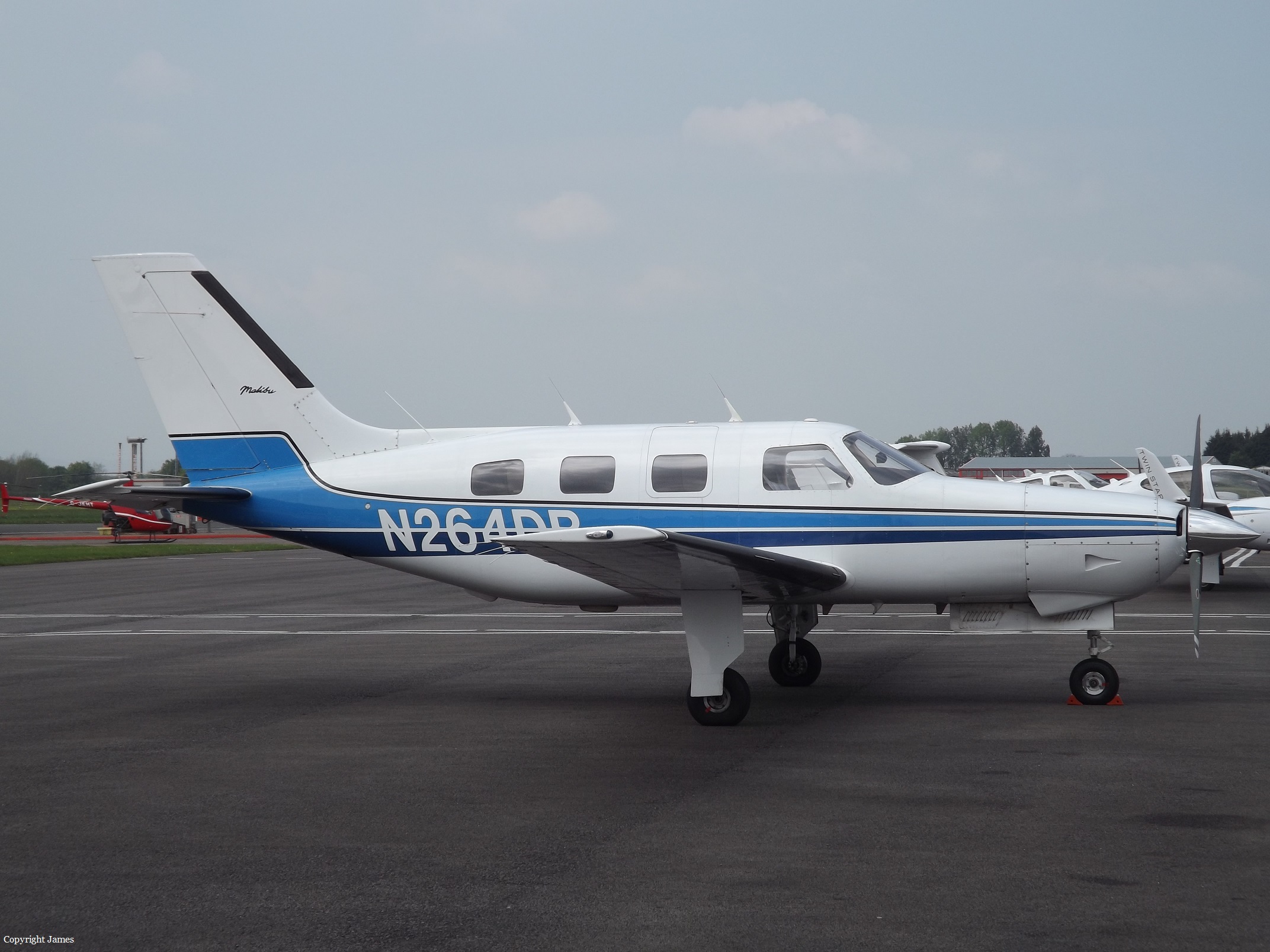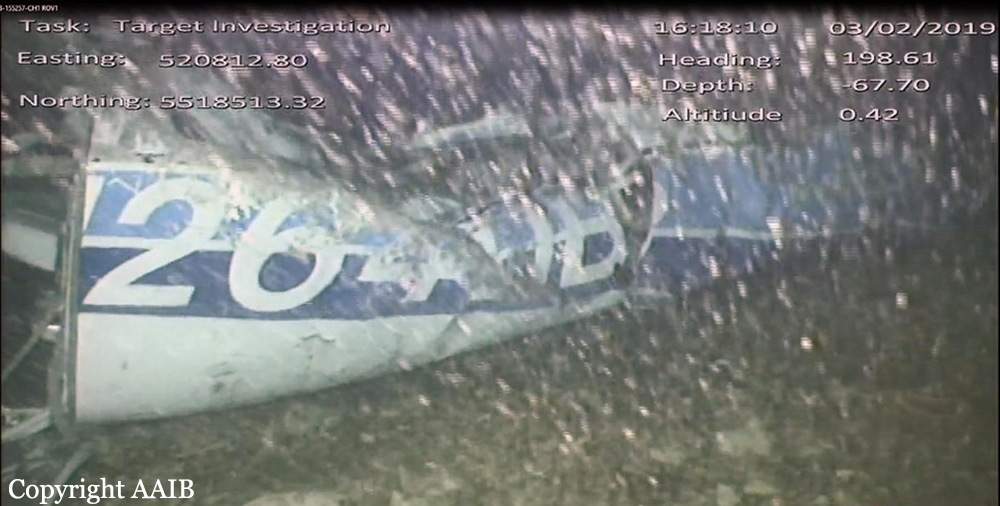Country
Crash of a Piper PA-46-350P Malibu near Makkovik: 1 killed
Date & Time:
May 1, 2019 at 0816 LT
Registration:
N757NY
Survivors:
Yes
Schedule:
Goose Bay - Narsarsuaq
MSN:
46-36657
YOM:
2015
Crew on board:
2
Crew fatalities:
Pax on board:
0
Pax fatalities:
Other fatalities:
Total fatalities:
1
Captain / Total hours on type:
20.00
Copilot / Total hours on type:
0
Circumstances:
On 01 May 2019 at 0723, the aircraft departed CYYR on a VFR flight plan direct to BGBW. The ferry pilot, who was the pilot-in-command, occupied the left seat while the co-owner occupied the right seat. The aircraft climbed to 2000 feet ASL and proceeded on a direct track to destination. The altitude and heading did not change significantly along the route, therefore it is likely that the autopilot was engaged. At 0816, the aircraft collided with a snow-covered hill 2250 feet in elevation, located 35 nautical miles (NM) southeast of Makkovik Airport (CYFT), Newfoundland and Labrador. The impact happened approximately 200 feet below the top of the hill. The aircraft came to rest in deep snow on steep sloping terrain. The aircraft sustained significant damage to the propeller, nose gear, both wings, and fuselage. Although the cabin was crush-damaged, occupiable space remained. There was no post-impact fire. The ferry pilot was seriously injured and the co-owner was fatally injured. The Joint Rescue Coordination Centre (JRCC) in Halifax received an emergency locator transmitter (ELT) signal from the aircraft at 0823. The ferry pilot carried a personal satellite tracking device, a personal locator beacon (PLB) and a handheld very high frequency (VHF) radio, which allowed communication with search and rescue (SAR). Air SAR were dispatched to the area; however, by that time, the weather had deteriorated to blizzard conditions and aerial rescue was not possible. Ground SAR then deployed from the coastal community of Makkovik and arrived at the accident site approximately 4 hours later because of poor weather conditions and near zero visibility. The ferry pilot and the body of the co-owner were transported to Makkovik by snowmobile. The following day, they were airlifted to CYYR.
Probable cause:
Controlled flight into terrain.
Final Report:
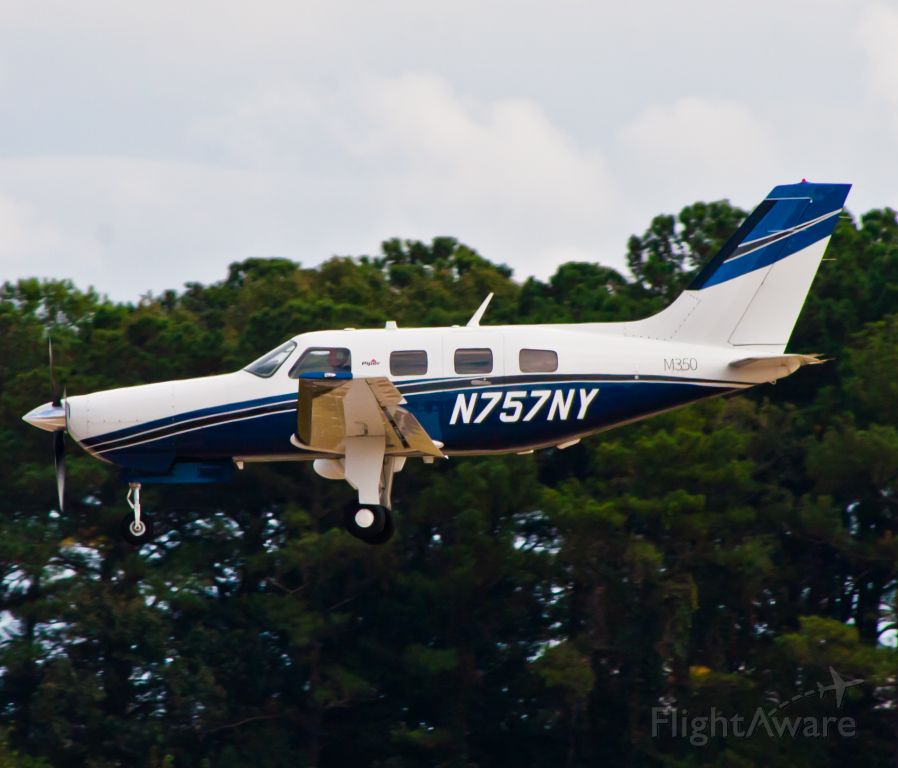
Crash of a Piper PA-46-350P Malibu Mirage in Shreveport: 2 killed
Date & Time:
Feb 28, 2019 at 1039 LT
Registration:
N428CD
Survivors:
No
Schedule:
Shreveport - Vernon
MSN:
46-36232
YOM:
1999
Crew on board:
1
Crew fatalities:
Pax on board:
1
Pax fatalities:
Other fatalities:
Total fatalities:
2
Captain / Total hours on type:
323.00
Aircraft flight hours:
1901
Circumstances:
The instrument-rated private pilot and passenger departed into instrument meteorological conditions with a 600-ft cloud ceiling in an airplane that was about 550 lbs over gross weight. Air traffic control data showed the airplane in a climbing left turn that continued beyond the assigned heading. After reaching 1,400 ft msl, the airplane continued turning left and its altitude and speed began to vary. The airplane continued in a left spiral, completing more than two full circles, then decelerated in a right turn and rapidly descended until impact with terrain. Examination of the flight control system revealed no evidence of mechanical malfunctions and downloaded engine data indicated normal engine operation. Downloaded data from the autopilot system revealed three in-flight error codes. The first error code, which likely occurred about 1 minute after takeoff, would have resulted in the autopilot, if it was engaged at the time, disengaging. The subsequent error codes likely occurred during the erratic flight profile, with the autopilot disengaged. Before the accident flight, the pilot had informed a mechanic, who is also a pilot, of intermittent issues with the autopilot system and that these issues were unresolved. The mechanic had flown with the accident pilot previously and assessed his instrument flying skills as weak. The flight instructor who provided initial flight training for the turbine engine transition stated the pilot's instrument flying proficiency was poor when he was hand flying the airplane. Toxicology testing revealed that the pilot had used marijuana, and his girlfriend stated the pilot would take a marijuana gummy before bedtime to sleep more soundly. However, given that no psychoactive compounds were found in blood specimens, it is unlikely that the pilot was impaired at the time of the accident. The instrument conditions at the time of the accident, the airplane's erratic flightpath, and the pilot's reported lack of instrument proficiency when flying by hand support the likelihood that the pilot experienced spatial disorientation sometime after takeoff. In addition, given the reports of the intermittently malfunctioning autopilot that had not been fixed, it is likely the pilot experienced an increased workload during a critical phase of flight that, in combination with spatial disorientation, led to the pilot's loss of airplane control.
Probable cause:
The pilot's conduct of a departure into instrument meteorological conditions (IMC), which resulted in spatial disorientation and subsequent loss of airplane control. Contributing to the accident was the pilot's poor instrument flying skills and his decision to depart into IMC with an unresolved autopilot maintenance issue.
Final Report:
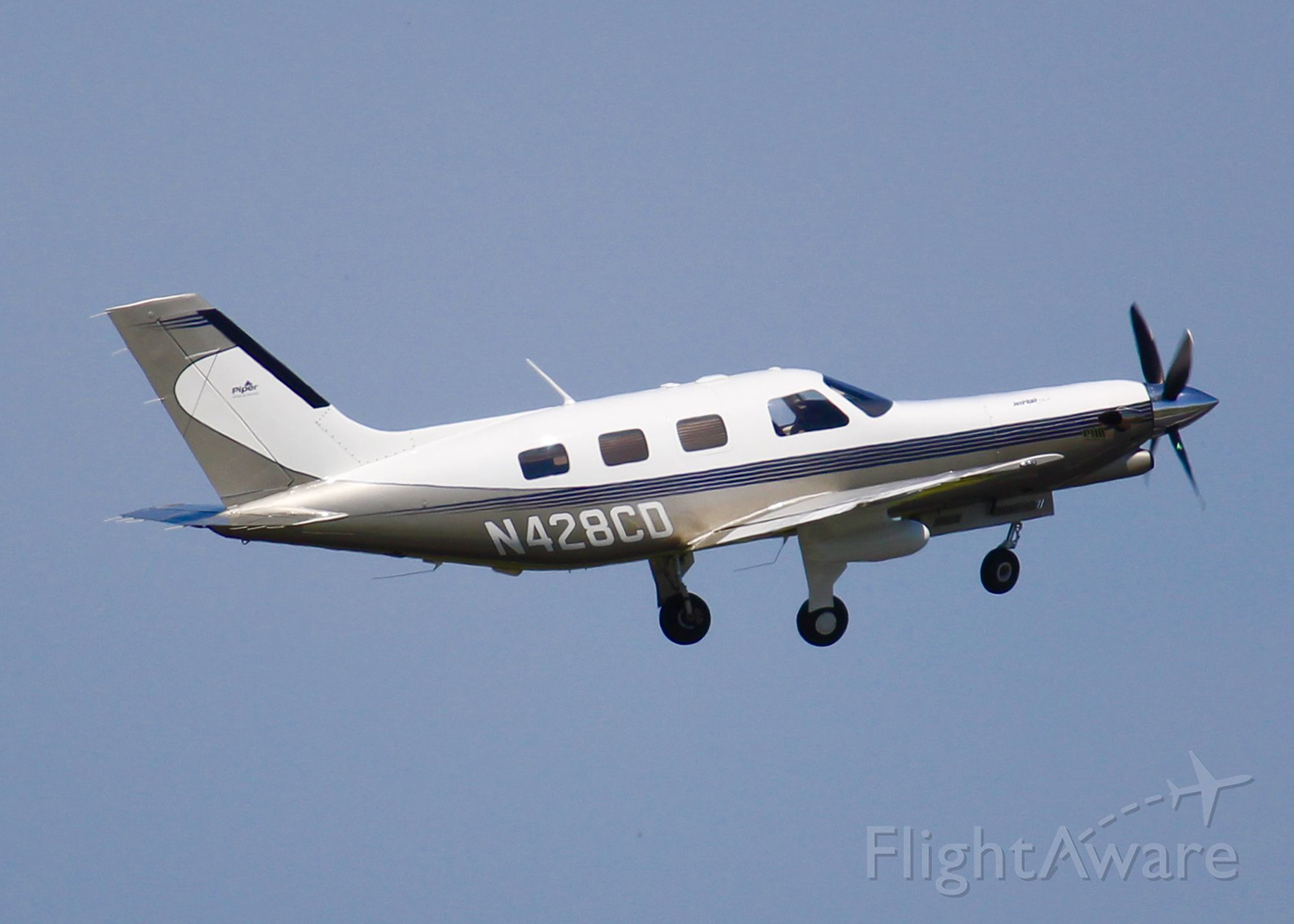
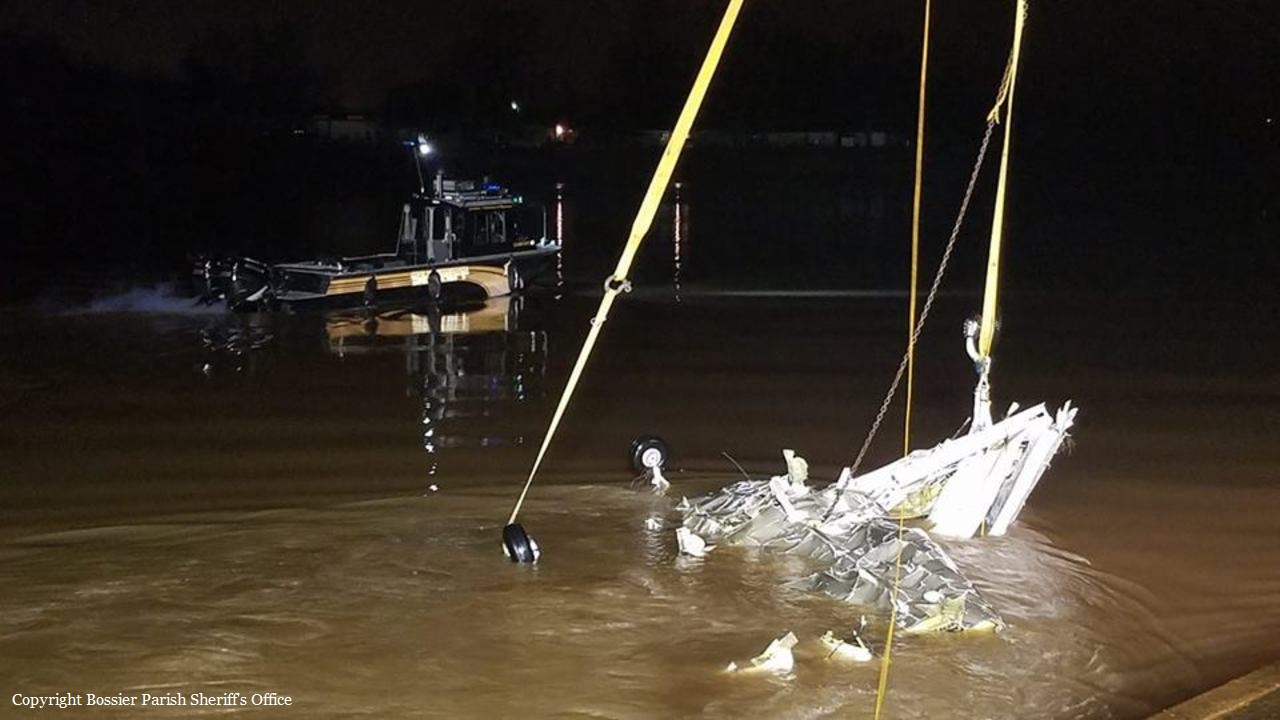
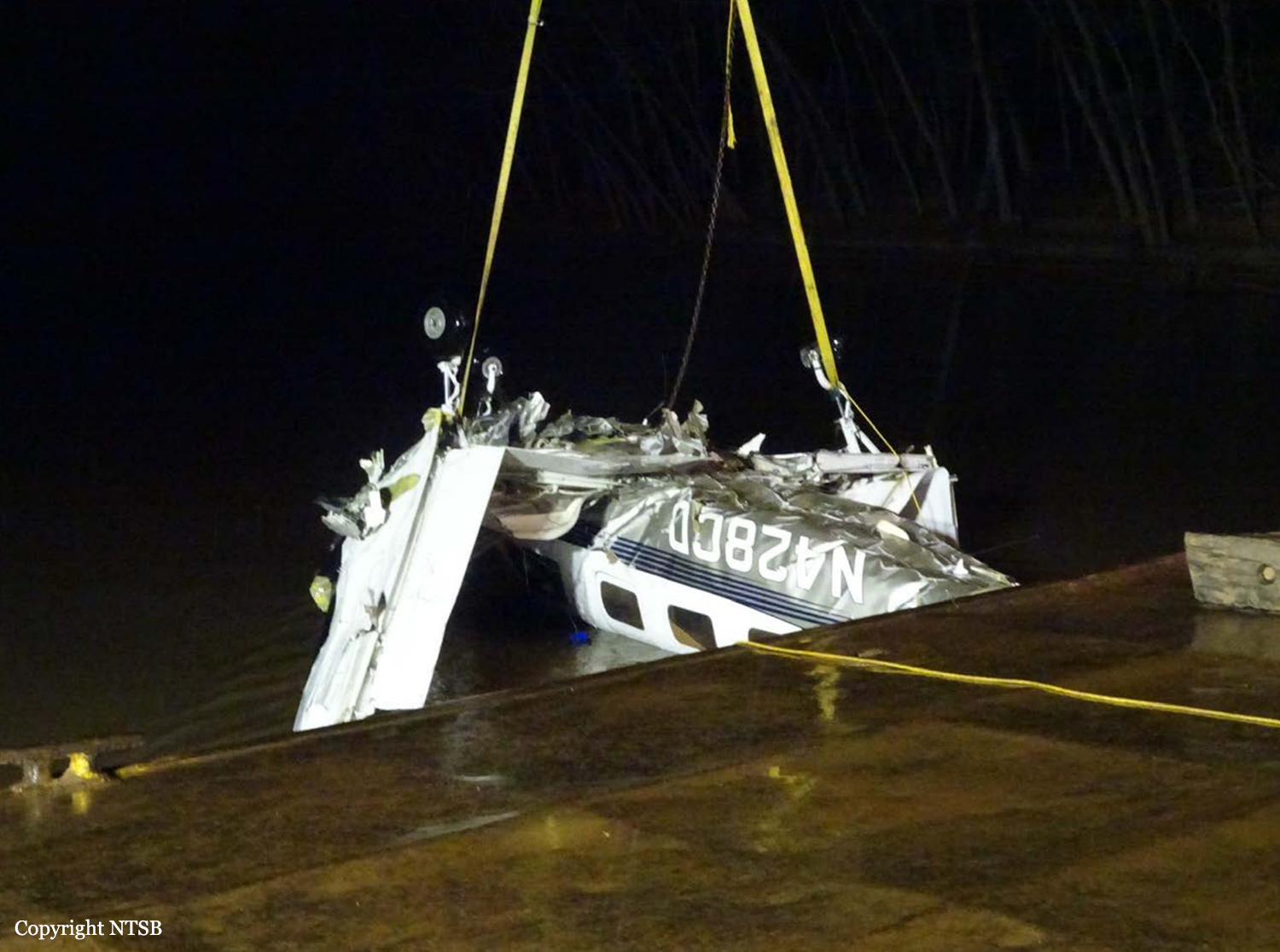
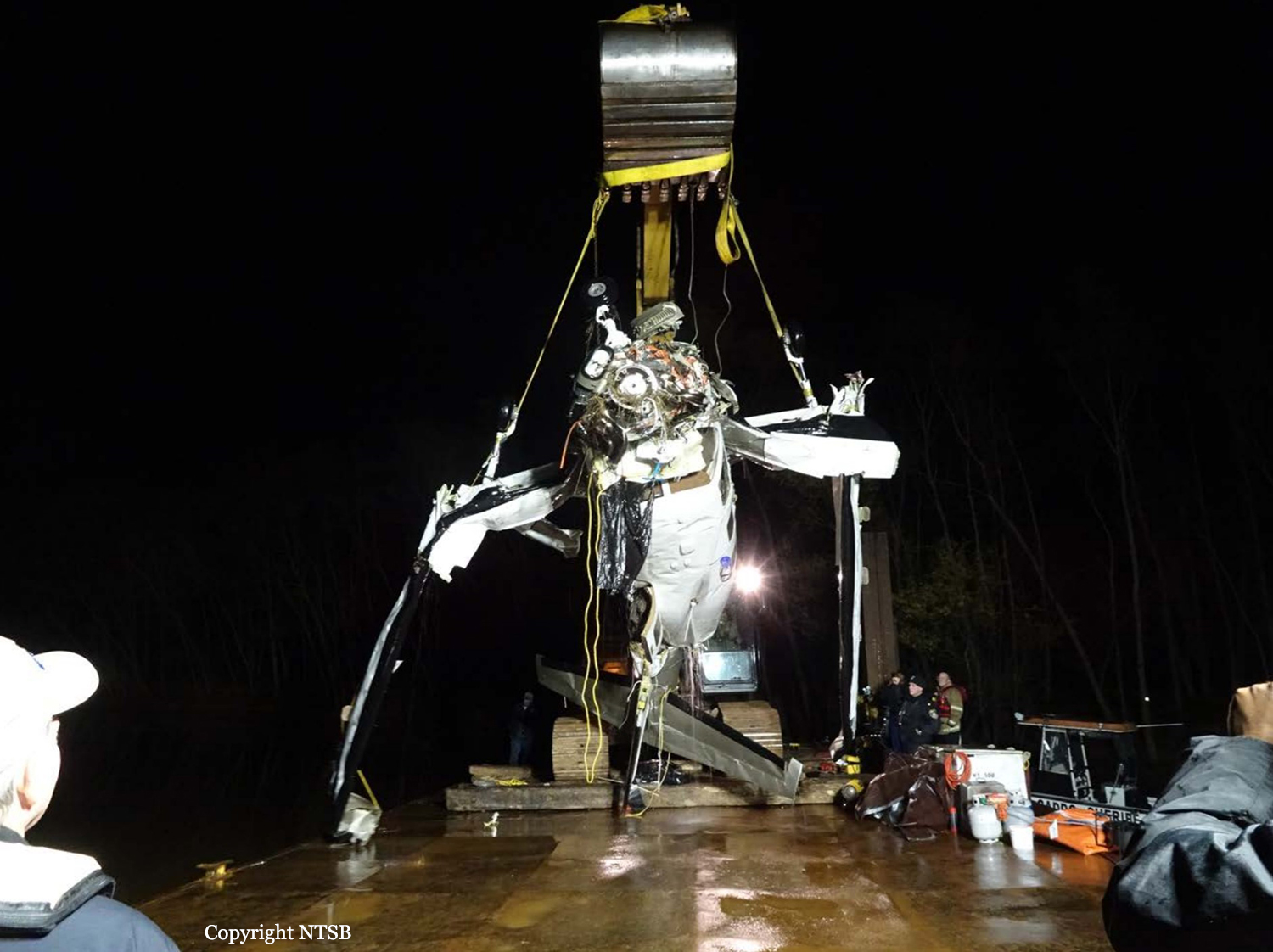

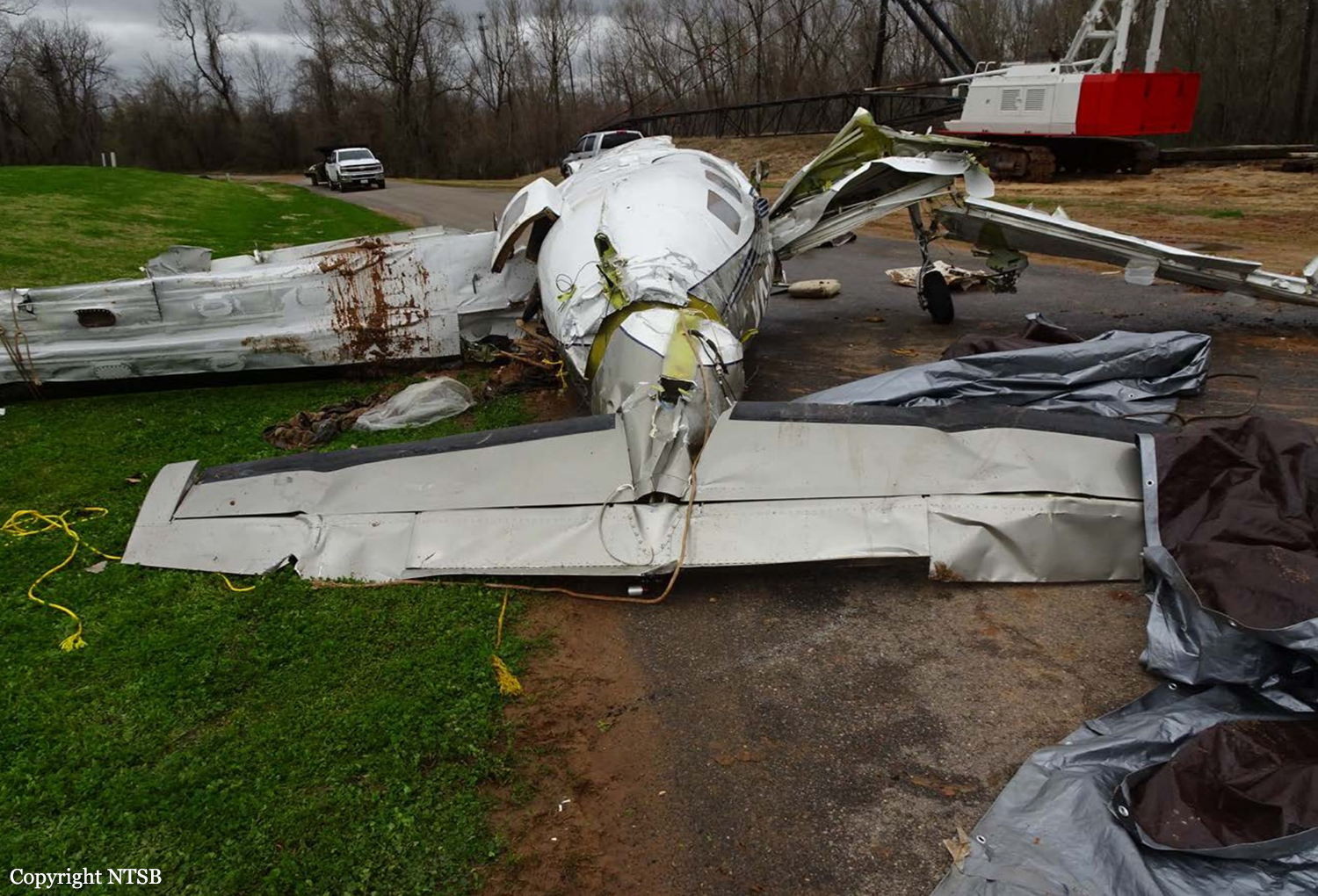
Crash of a Piper PA-46-350P Malibu Mirage in Aurora
Date & Time:
Feb 6, 2019 at 1530 LT
Registration:
N997MA
Survivors:
Yes
Schedule:
Aurora - Aurora
MSN:
46-36126
YOM:
1997
Crew on board:
2
Crew fatalities:
Pax on board:
0
Pax fatalities:
Other fatalities:
Total fatalities:
0
Captain / Total hours on type:
23.00
Aircraft flight hours:
2670
Circumstances:
On February 6, 2019, about 1530 Pacific standard time, a Piper PA 46-350P, N997MA, was substantially damaged when it was involved in an accident near Aurora, Oregon. The private pilot and flight instructor were seriously injured. The airplane was operated as a Title 14 Code of Federal Regulations Part 91 instructional flight. The pilot reported that the purpose of the flight was to practice commercial pilot maneuvers. After practicing slow flight, chandelles, lazy eights, and eights on pylons, they returned to the airport and discussed how to conduct a practice a power-off 180° landing as they entered the traffic pattern. When the airplane was abeam the 1,000-foot runway markings, the pilot reduced the power to idle and started a left turn toward the runway. He stated that he realized that the airplane was “probably not going to make the runway” and that the airplane was “not on final course.” He recalled the airplane turning sharply to the left as he was pulled up on the control yoke and added right rudder. He could not recall whether he applied power. The pilot did not report any mechanical malfunctions or anomalies with the airplane. A video of the event showed the airplane in a left turn as it descended toward the runway. The airplane’s left bank decreased to a wings-level attitude before the airplane entered a steeper left bank, followed immediately by a right bank as the airplane descended into the ground short of the runway. The airplane’s right wing and fuselage sustained substantial damage.



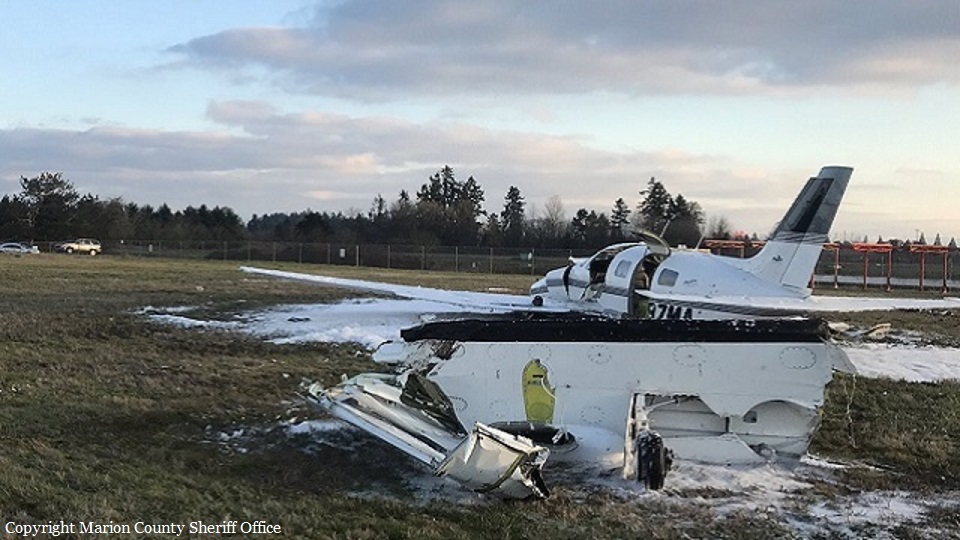

Crash of a Piper PA-46-310P Malibu off Guernsey: 2 killed
Date & Time:
Jan 21, 2019 at 2016 LT
Registration:
N264DB
Survivors:
No
Schedule:
Nantes - Cardiff
MSN:
46-8408037
YOM:
1984
Crew on board:
1
Crew fatalities:
Pax on board:
1
Pax fatalities:
Other fatalities:
Total fatalities:
2
Captain / Total hours on type:
30.00
Aircraft flight hours:
6636
Circumstances:
The pilot of N264DB flew the aircraft and the passenger from Cardiff Airport to Nantes Airport on 19 January 2019 with a return flight scheduled for 21 January 2019. The pilot arrived at the airport in Nantes at 1246 hrs on 21 January to refuel and prepare the aircraft for the flight. At 1836 hrs the passenger arrived at airport security, and the aircraft taxied out for departure at 1906 hrs with the passenger sitting in one of the rear, forward-facing passenger seats. Figure 1 shows the aircraft on the ground before departure. The pilot’s planned route would take the aircraft on an almost direct track from Nantes to Cardiff, flying overhead Guernsey en route (Figure 2). The Visual Flight Rules (VFR) flight plan indicated a planned cruise altitude of 6,000 ft amsl and distance of 265 nm. The aircraft took off from Runway 03 at Nantes Airport at 1915 hrs, and the pilot asked Air Traffic Control (ATC) for clearance to climb to 5,500 ft. The climb was approved by Nantes Approach Control and the flight plan was activated. The aircraft flew on its planned route towards Cardiff until it was approximately 13 nm south of Guernsey when the pilot requested and was given a descent clearance to remain in Visual Meteorological Conditions (VMC). Figure 3 shows the aircraft’s subsequent track. The last radio contact with the aircraft was with Jersey ATC at 2012 hrs, when the pilot asked for a further descent. The aircraft’s last recorded secondary radar point was at 2016:34 hrs, although two further primary returns were recorded after this. The pilot made no distress call that was recorded by ATC. On February 4, 2019, the wreckage (relatively intact) was found at a depth of 63 meters few km north of the island of Guernsey. On February 6, a dead body was found in the cabin and recovered. It was later confirmed this was the Argentine footballer Emiliano Sala. The pilot's body was not recovered.
Probable cause:
Causal factors
1. The pilot lost control of the aircraft during a manually-flown turn, which was probably initiated to remain in or regain VMC.
2. The aircraft subsequently suffered an in-flight break-up while manoeuvring at an airspeed significantly in excess of its design manoeuvring speed.
3. The pilot was probably affected by CO poisoning.
Contributory factors
1. A loss of control was made more likely because the flight was not conducted in accordance with safety standards applicable to commercial operations. This manifested itself in the flight being operated under VFR at night in poor weather conditions despite the pilot having no training in night flying and a lack of recent practice in instrument flying.
2. In-service inspections of exhaust systems do not eliminate the risk of CO poisoning.
3. There was no CO detector with an active warning in the aircraft which might have alerted the pilot to the presence of CO in time for him to take mitigating action.
1. The pilot lost control of the aircraft during a manually-flown turn, which was probably initiated to remain in or regain VMC.
2. The aircraft subsequently suffered an in-flight break-up while manoeuvring at an airspeed significantly in excess of its design manoeuvring speed.
3. The pilot was probably affected by CO poisoning.
Contributory factors
1. A loss of control was made more likely because the flight was not conducted in accordance with safety standards applicable to commercial operations. This manifested itself in the flight being operated under VFR at night in poor weather conditions despite the pilot having no training in night flying and a lack of recent practice in instrument flying.
2. In-service inspections of exhaust systems do not eliminate the risk of CO poisoning.
3. There was no CO detector with an active warning in the aircraft which might have alerted the pilot to the presence of CO in time for him to take mitigating action.
Final Report:
